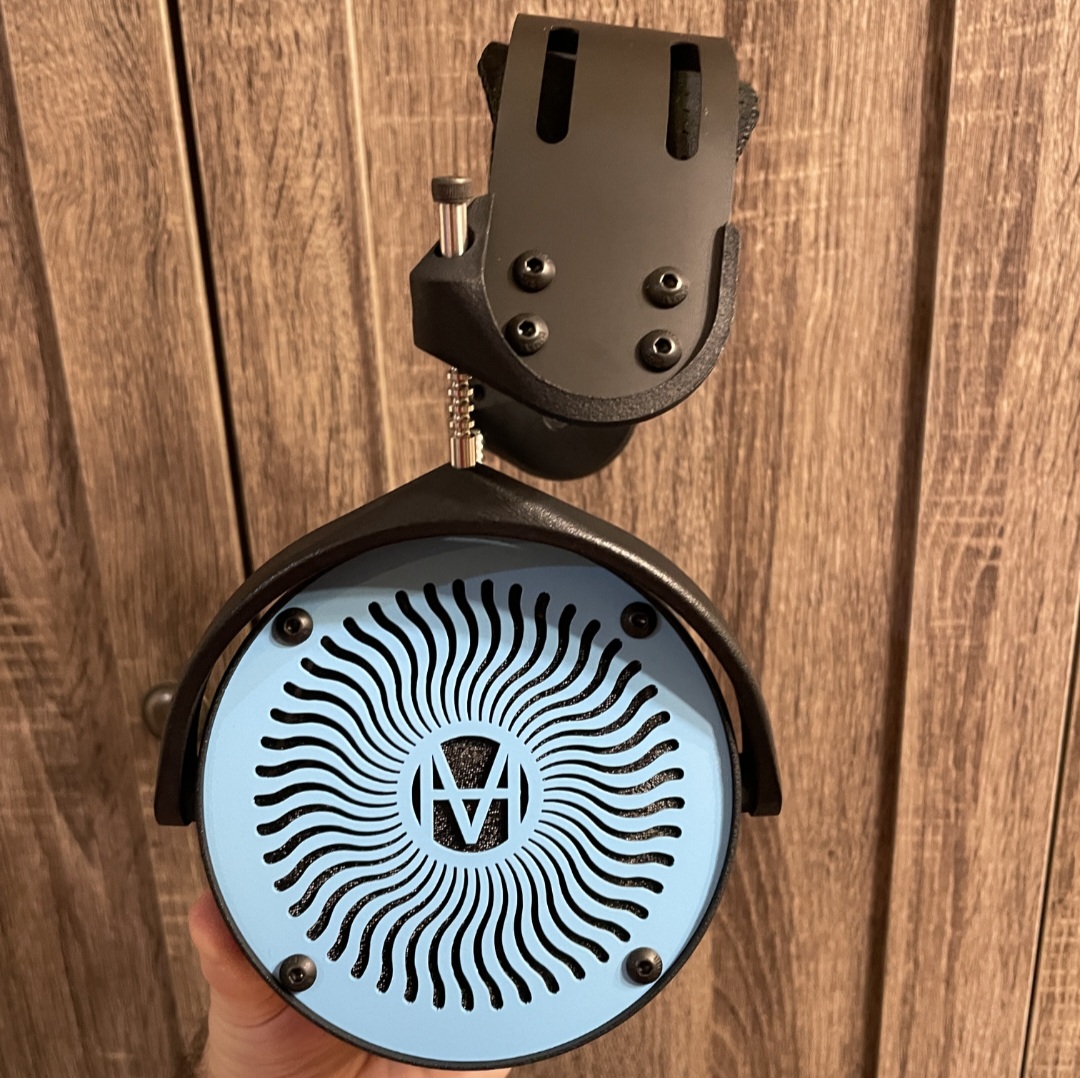For the few who've actually been able to extensively listen to these so far; how "dynamic" does the DS sound?
To put in context, I find Planars to typically be lacking in this category compared to Dynamics (not surprising or a unique view from me lol). How does the DS rank, for a Planar?
Further context, for Planars, my spectrum for this:
More "dynamic" ------------ Less "dynamic"
D8000-1266TC--------Solitaire P--Empyrean-----Susvara------------Stealth/Expanse
To put in context, I find Planars to typically be lacking in this category compared to Dynamics (not surprising or a unique view from me lol). How does the DS rank, for a Planar?
Further context, for Planars, my spectrum for this:
More "dynamic" ------------ Less "dynamic"
D8000-1266TC--------Solitaire P--Empyrean-----Susvara------------Stealth/Expanse




























